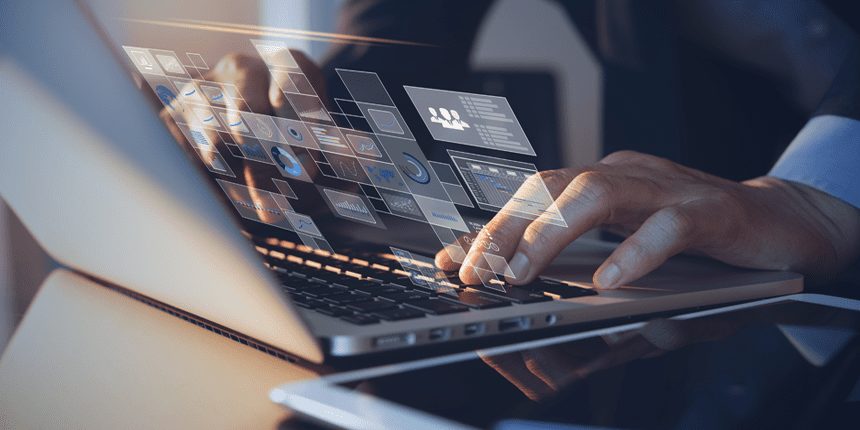The Internet of Things continues to redefine how businesses, governments, and consumers interact with the world around them.
Billions of connected devices, ranging from industrial sensors and smart appliances to autonomous vehicles are already embedded in our daily lives. However, the true value of IoT lies not merely in connectivity, but in how companies monetise the data, data insights, and services that flow from these devices.
The current state of IoT monetisation
IoT monetisation is still an evolving domain. While the number of connected devices grows exponentially, companies often struggle to convert that connectivity into consistent and scalable revenue.
Broadly, IoT companies today rely on a hybrid monetisation approach, drawing from hardware, software, data, and service-based revenue streams.
Hardware sales and Device-as-a-Product
Many companies begin by selling IoT devices as one-off physical products. This traditional model includes:
- Smart thermostats (for example, Nest)
- Connected wearables (for example, Fitbit, Garmin)
- Industrial sensors (for example, Bosch, Honeywell)
Limitation: Hardware margins tend to decline over time. Competitive pressure and commoditisation often lead to price wars, making it hard to sustain profitability without value-added services.
Subscription and Device-as-a-Service (DaaS)
To overcome the limits of one-off sales, companies increasingly offer IoT devices bundled with recurring software and analytics services.
Examples include:
- Ring (Amazon): Sells doorbell cameras and offers video storage and security monitoring on a monthly subscription.
- John Deere: Offers precision agriculture services via a subscription model using real-time data from connected farm machinery.
Benefits include:
- Predictable revenue
- Strong customer lock-in
- Easier to scale and upsell over time
Data monetisation and analytics services
IoT generates vast amounts of high-resolution data, often in real-time. By aggregating, anonymising, and analysing this data, companies can:
- Sell insights to third parties (for example, smart city traffic data sold to logistics firms)
- Optimise internal processes (for example, predictive maintenance in factories)
- Offer premium insights (for example, fleet performance benchmarks for commercial vehicles)
Examples include GE Digital. Monetises industrial IoT data by offering analytics services for asset performance management on its Predix platform.
Platform licensing and ecosystem access
Some companies develop proprietary IoT platforms and monetise by charging licensing fees, API access, or developer tools.
Examples include Siemens MindSphere and PTC ThingWorx: Industrial IoT platforms monetising through tiered access and integration support.
Pay-per-use and outcome-based pricing
This model ties revenue to customer outcomes rather than device usage or ownership.
Examples include:
- Rolls-Royce ‘Power by the Hour’ which charges airlines based on engine uptime, supported by IoT telemetry
- Kaeser Kompressoren: Offers compressed air as a service rather than selling compressors
This model aligns value with performance and fosters long-term customer relationships.
Emerging and future monetisation trends
The next decade will see IoT monetisation shift from device-centric models to data-, insight-, and outcome-driven strategies, enabled by cloud, AI, and edge computing.
Below are the key trends shaping the sector’s financial future.
- Artificial Intelligence and Machine Learning are being integrated into IoT platforms to:
- Automate decision-making (for example, smart thermostats adjusting for energy savings)
- Predict user behaviour (for example, in smart retail environments)
- Personalise services (for example, predictive diagnostics in HealthTech)
- Revenue implication: Companies will monetise not just raw data, but real-time, predictive insights—increasing their value proposition and pricing power
IoT data marketplaces and federated data economy
As organisations realise the value of their device data, we’re seeing the rise of data marketplaces, platforms that facilitate data buying and selling between companies.
Example of this is Dawex and Ocean Protocol pioneering decentralised data marketplaces where IoT data can be traded securely.
Future model: Anonymised, tokenised, and permissioned data could be licensed on-demand, creating entirely new business models.
Tokenisation and blockchain in IoT monetisation
Blockchain technology offers secure, decentralised mechanisms for:
- Micro-payments for data usage (for example, a vehicle paying a toll sensor)
- Authenticating data provenance
- Enabling smart contracts for machine-to-machine (M2M) commerce
Example: IOTA (a distributed ledger built for IoT) enables fee-less microtransactions between devices, potentially powering autonomous marketplaces.
Freemium-to-premium IoT business models
As the consumer IoT market saturates, companies will adopt strategies similar to mobile apps:
- Provide basic connectivity and monitoring features for free
- Monetise premium features, AI enhancements, or cloud analytics
Examples includes Fitbit offers basic health tracking for free, with premium services for detailed insights and guided workouts.
Regulatory-driven monetisation opportunities
Regulations around sustainability, safety, and data protection are pushing governments and industries toward connected systems.
Examples include smart metering mandates in the UK and EU have enabled utility companies to monetise consumption data.
Environmental compliance data from factory sensors may be monetised via compliance-as-a-service platforms.
Cross-vertical integration and ecosystem monetisation
IoT companies are increasingly partnering with stakeholders across sectors:
- Automotive + Insurance (telematics-based insurance pricing)
- Healthcare + Pharma (remote patient monitoring and medication adherence)
- Smart Home + Utilities (dynamic energy pricing based on consumption patterns)
These ecosystems share monetisation benefits across partners, enabled by interoperable platforms and data-sharing frameworks.


